Stroom Invest interview / artist Leonie Brandner
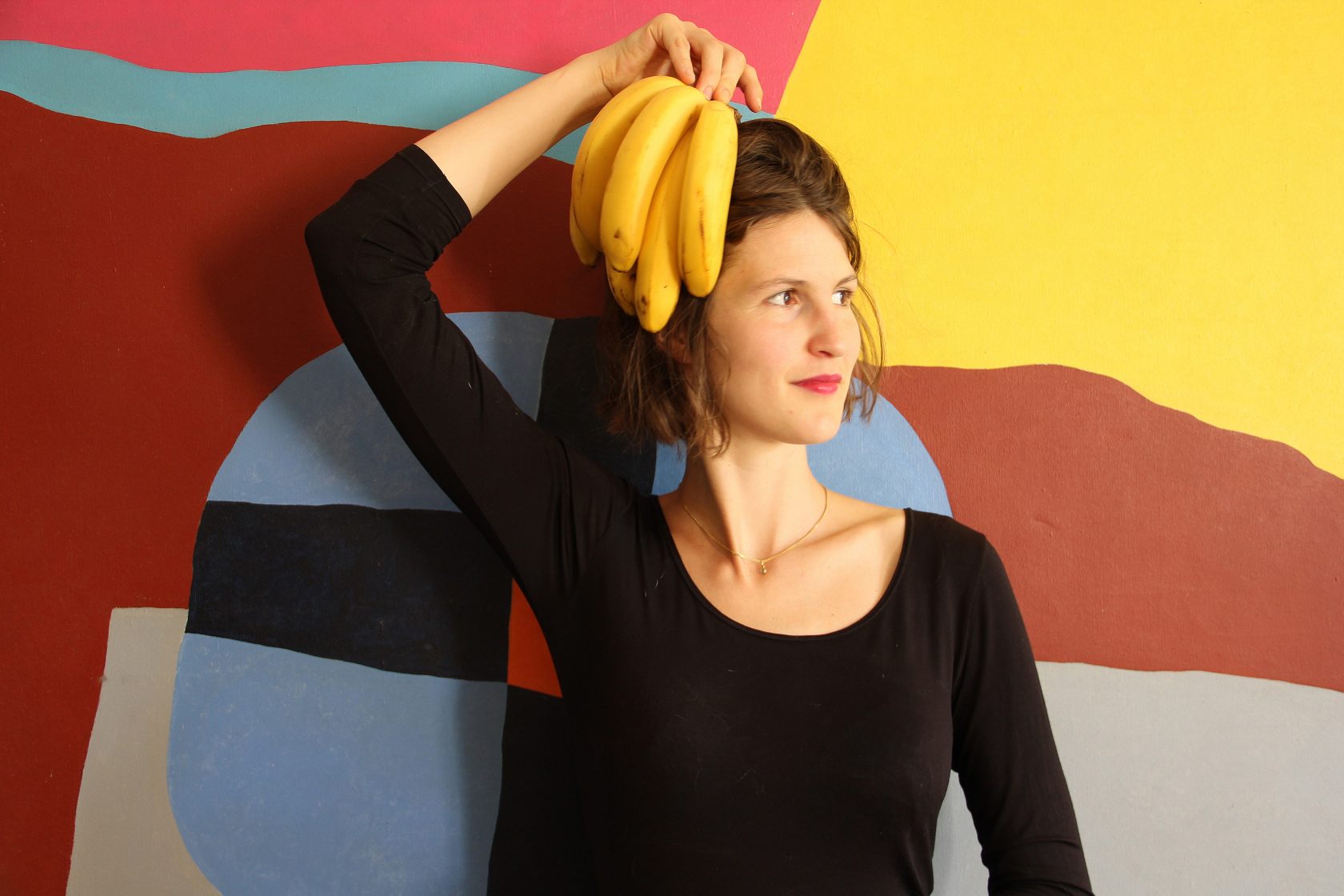
What does history teach us? Through stories we pass on things from generation to generation. It partly determines who we are and how we behave. We are based on what we know. Everyone has their own way of perceiving. Leonie Brandner’s work appeals to our senses and points out that nothing is or remains as it was.
How would you describe your work in a few sentences?
“My work tells how we care for ourselves and our surrounding. How do we stand in the world and interact on a larger scale? By care I mean more the generosity than the physical care. Looking at ourselves and others goes far beyond the human being. It is about everything that surrounds us, also plants, animals and the land.”
Is that why plants have received attention in your work over the past few years?
“I have always been interested in plants and nature. I am Swiss and as a child I played a lot in the forest and my family had gardens. Being outdoors has always been important to me. The idea of working with plants initially started because I was interested in interiors and how we create living spaces. Plants played a role in these installations but they were never the main focus of my work. During the first lock down, I started walking more and I noticed what was growing along roadsides. I’m interested in things at the margins. Evening primrose grows in the dunes in the Netherlands, where I live. This flower blossoms at night. It grew in my grandmother’s garden and my mother and aunt love it too. I started to look closely at those flowers and that was the beginning of my degree show piece for KABK Graduation Show in 2021.”
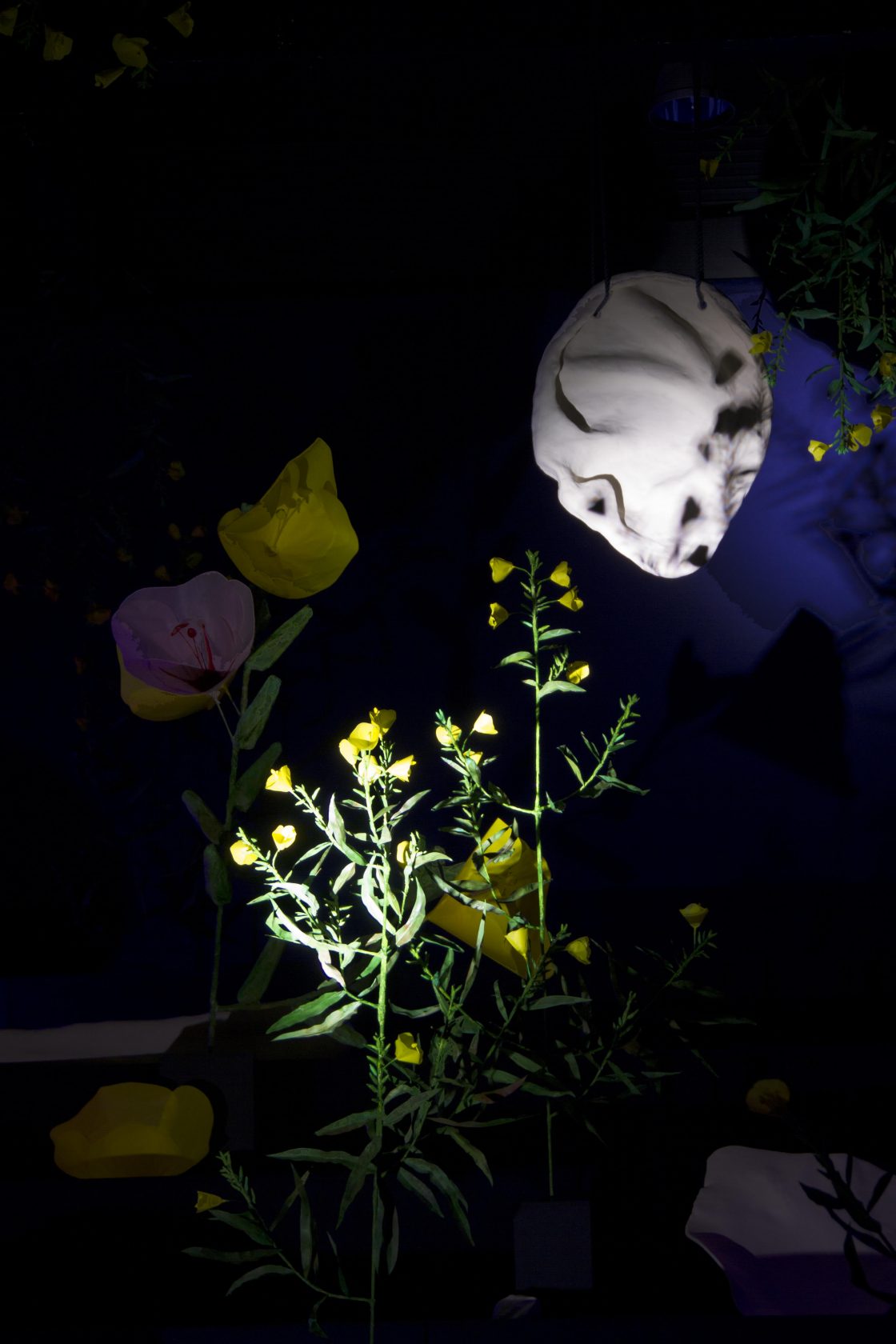
The familial involvement seems important to you, especially from woman. Does that explain your interest in feminism?
“My grandmother, aunt and mother are important figures in my life. Especially my grandmother whom I only knew as a teenager. The way she lived her life showed me how to stand and engage in the world. I’m interested in feminism and generational history because we pass things down through generations. They contribute to our vision.”
What means feminism to you?
“For me it is about how we treat others. What kind of community do you build around yourself? For me, this community should be open-minded and generous. I hope that my work also generates this way of thinking. I cherish tenderness and fragility. I enjoy working with things that carry these strong characteristics.”
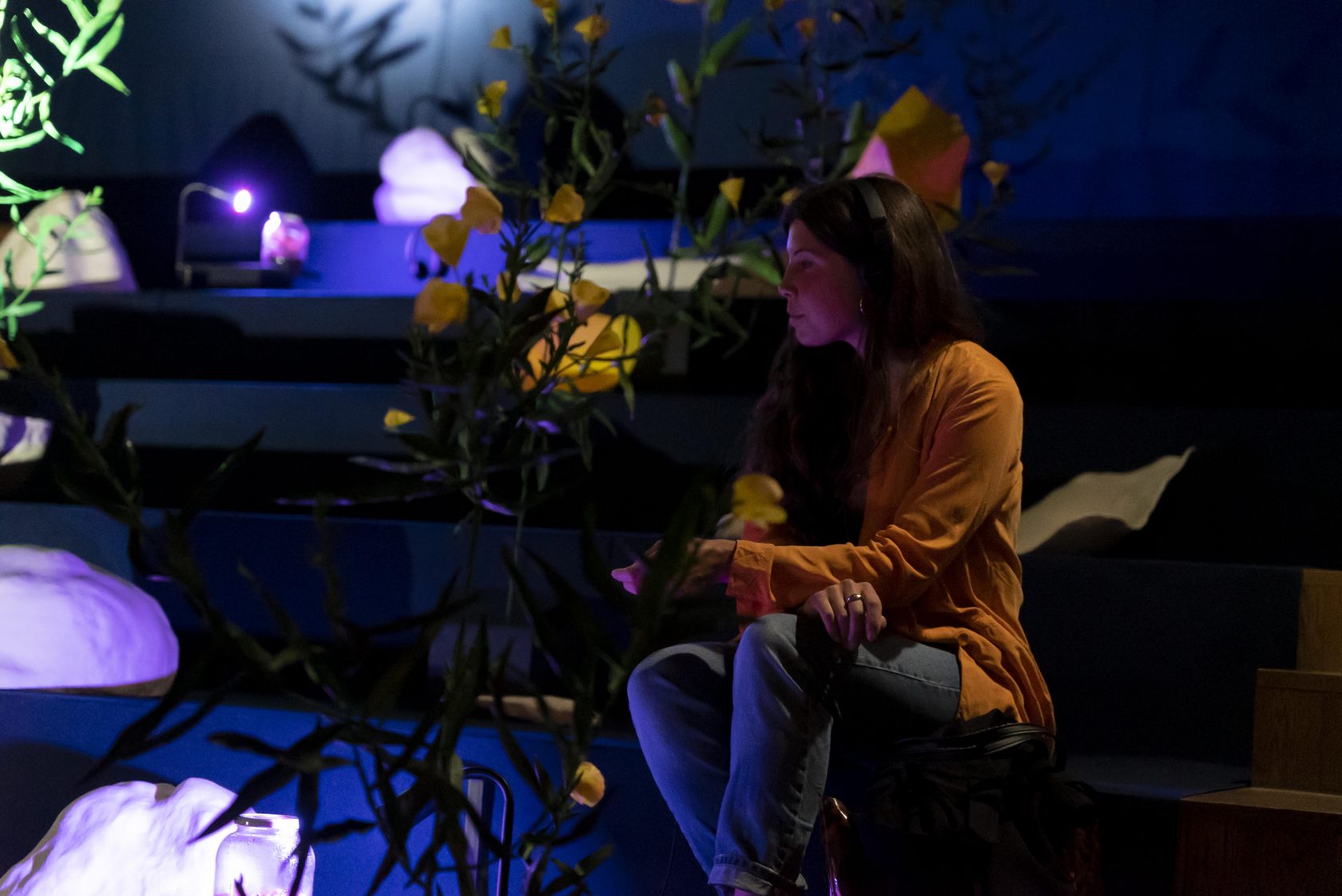
Is that why you often use clay, fabric and refer to homeliness?
“Yes, exactly. I use a lot of stitching and pottery. These are all references to femininity because caring is still something that is done most by women. It is also about caring for materials and objects. Many installations that I make have a care aspect in their maintenance. For example, there are plants that need water. I also use aspects that change subtly. Sometimes I use light, which gradually alter the installation. It happens so slowly that you will not notice it. Only when you come back later realise that the light has changed. It has to do with the idea that nothing can stay the same.”
Another important facet of your work are stories. Is it linked to passing on history?
“Yes, that’s because of the things I mentioned earlier. Generations have lived here on and inhabited this land before. They have made things and helped shape the way I see, think and work. Thinking about what happened is not just the past, it is also relevant in present times. That’s why I find mythology and history so interesting. From a young age I have been fond of fairy tales, legends, mythologies and stories in general.”
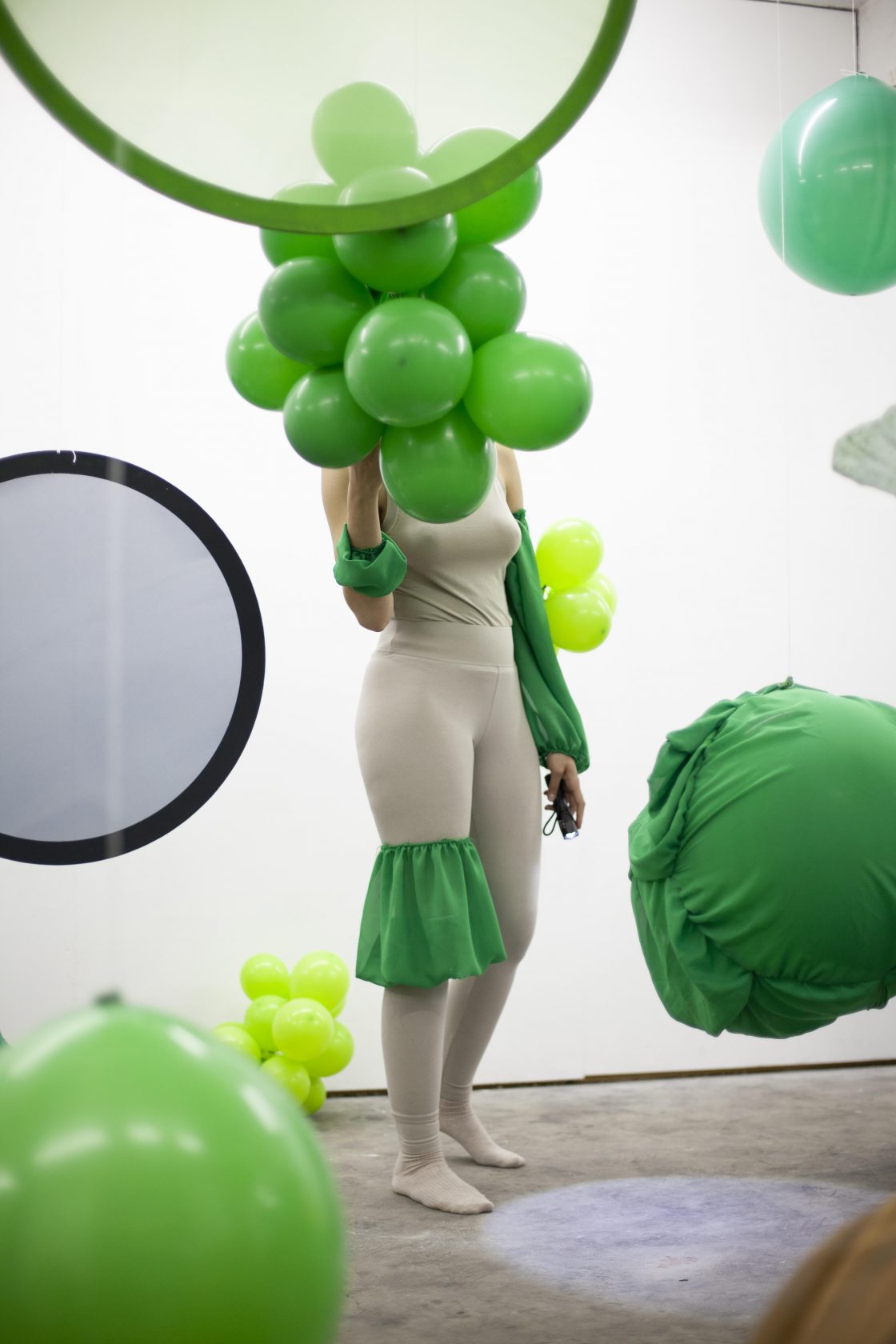
You appeal to multiple senses with your work.
“That’s right. Recently I have become more and more interested in telling stories through surfaces, smells and songs. The same applies to feminism. It is not just something you visualise. It goes beyond the skin. It is more a sensational way to tell stories that I’m interested in. Those experiences are personal. What I experience from my point of view is different from yours. Your origin, the place where you are and how you stand in this world also play a role. I embrace that in my work. That’s also why I’m not afraid of things being ephemeral, changing, or being digested or translated. That happens anyway.”
You use different media such as video, photography, graphic and sculptural techniques. How or when do you choose a particular medium?
“It is a natural decision. I like to work with materials that are non-toxic, don not cause much waste or are over-produced. That’s why I like working with clay. I can keep it for a long time. When it dries, I can moisten it again and it is an interesting material structurally. My choice of material really depends on what I think I want to create. I made the evening primroses from paper sold in a craft store. I like household materials that you can find anywhere.”
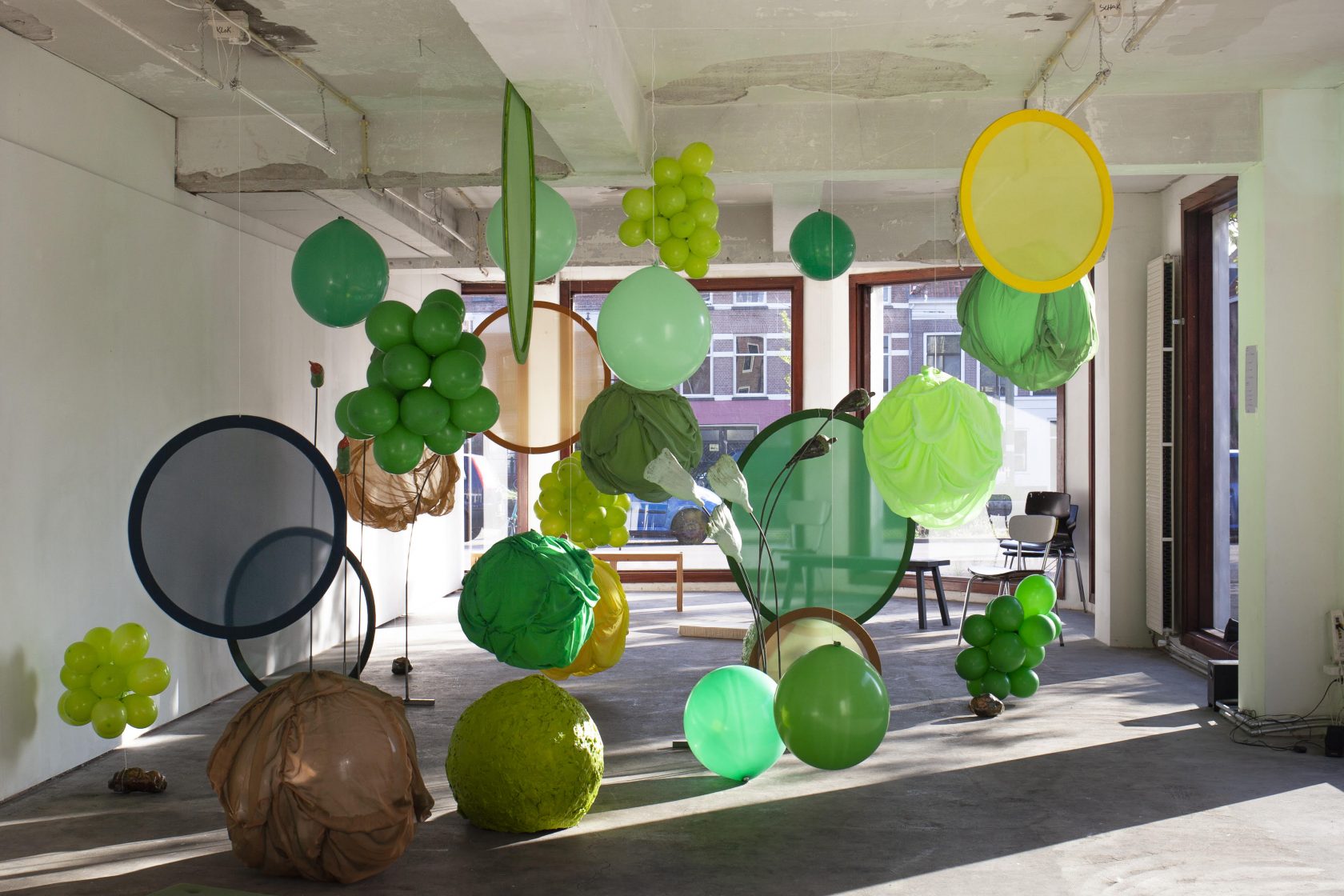
What project are you currently working on?
“I am currently working on a piece called ‘Moss Opera’. I work together with opera singer Nina Guo, a good friend of mine. I have been thinking for some time on an installation in which performances and songs are combined. Guo is on stage as opera singer, but she would like to do something in an installation setting. ‘Moss Opera’ starts from my interest in moss. Moss is important for the ecosystem, it insulates the soil from heat and cold. It retains water so the soil stays moist. It is the very first land plant. Indigenous cultures use it for various things, such as napkins or diapers. Nina writes a song that we will sing while being in the installation. We will also use fragments from a 2000-year-old song ‘Canzun de Sontga Margriata’. This is the oldest song in oral history in Rhaeto-Romantic. This Swiss mountain language is only spoken by a small group of people. While researching moss, I came across this song. This song was first recorded only a hundred years ago by a Catholic bishop interested in pre-Christian culture. It tells the story of Sontga Margriata, a woman disguised as a man who works in the Alps. One day she falls and a shepherd boy sees her bosom. This boy thinks he should tell her secret. She offers him valuable things to silence him. The boy refuses. So, she curses him, causing the springs to dry up and the meadows to wither. By using fragments from this song in moss opera, we want to bring it alive again.”
Is it intended as an observation or criticism of how we deal with our environment?
“My work is both a critique and an honor. Sometimes I get annoyed by the idea reconnecting to the land. Did we ever know how to do that? We have already changed the earth from the beginning of humanity. Our influence as human beings on the earth has been decisive from the very beginning. The history of man and nature is complicated. I try to understand how they are connected. There are reasons why the country is at the present stage and terrible things are happening, but fortunately good things are happening too. I don’t like to blame anyone but try to research and understand history. Why we are the way we are and how can or should that change? Instead of just criticising, it is important to be generous and look for ways to take care of each other and our environment.”
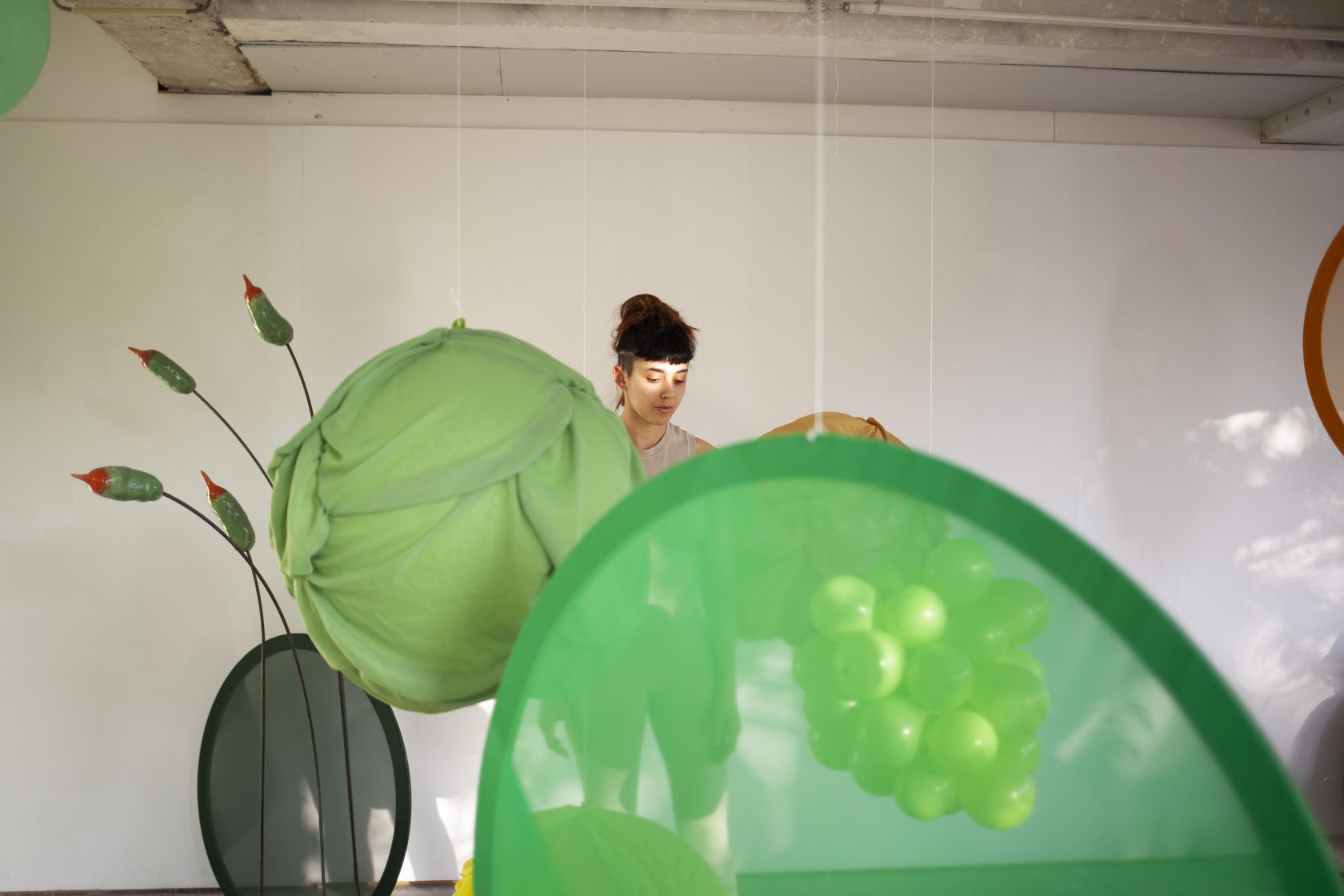
Stroom Invest Week is an annual 4-day program for artists who were granted the PRO Invest subsidy. This subsidy supports young artists based in The Hague to develop their artistic practice so that artists and graduates of the art academy can continue to live and work in The Hague. To give the artists extra incentive, Stroom organises this week consisting of studio visits, presentations and several informal meetings. The intent is to broaden the visibility of artists from The Hague through future exhibitions, presentations and exchange programs. Stroom Invest Week 2022 will take place from 7 to 10th of June.